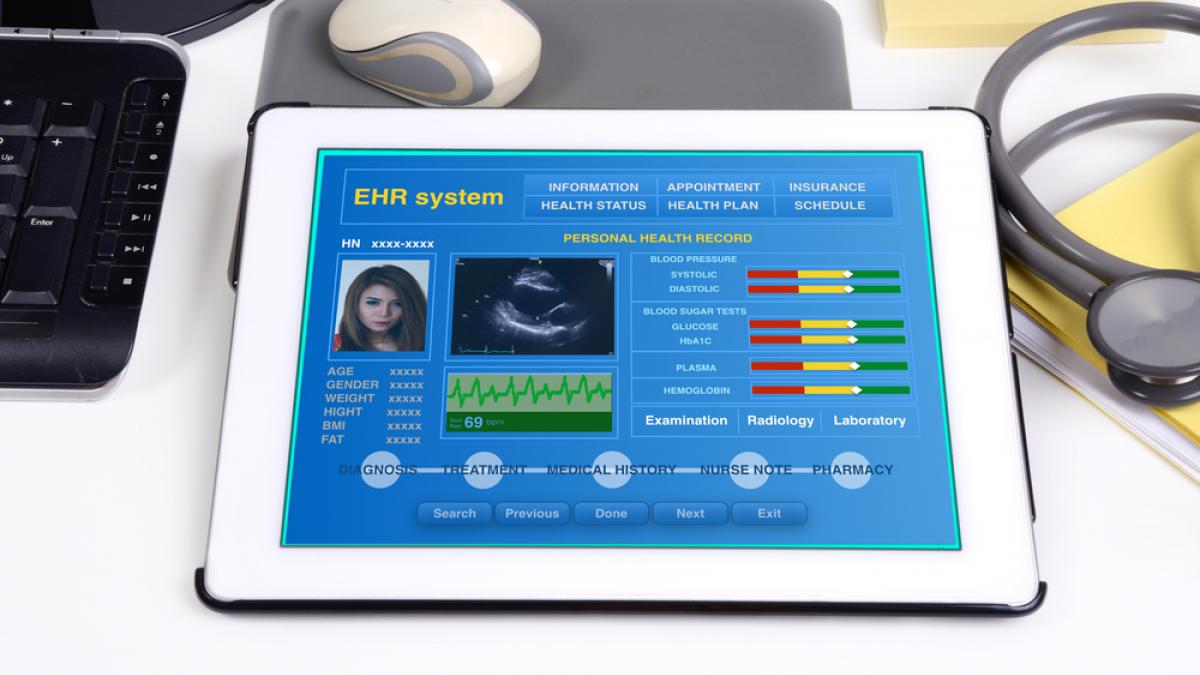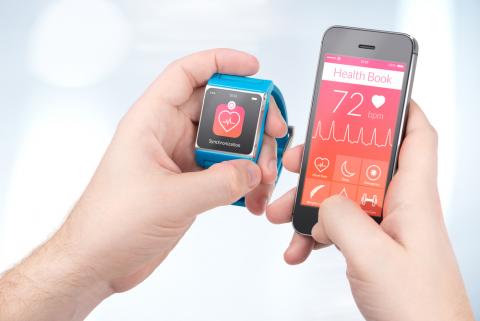Electronic health records help clinicians to communicate and improve the patient experience

What are electronic health records?
Electronic health records (EHRs) are any digital document or system that contains information on an individual’s health and care. This could be online, on an internal network, or on a device.
There are a number of well-recognised examples. These range from simple electronic diaries to complicated systems spanning multiple healthcare providers and sectors.
Why are electronic health records important?
In 2015, NHS England set a target of being paper-free by 2020. In the more recent NHS Long Term Plan, this was updated to an expectation that all services should have met ‘a level of core digitalisation by 2024’. The move to EHRs underpins most of this.
As a result of that directive, many hospitals, trusts and organisations have already switched to EHRs. There are a number of global digital exemplar sites around the country that have implemented such systems and are providing a blueprint for other services.
Almost all students and newly qualified physiotherapists will encounter EHRs on their placements, rotations and first jobs. Established clinicians still using paper notes are likely to face a change to EHRs in the near future. The known benefits are that they save time and result in fewer errors.
EHRs offer significant benefits to the private sector, too. Well-designed EHRs will take care of:
- Record management.
- Security.
- Compliance with the General Data Protection Regulation (GDPR).
Putting the patient at the centre of this is essential. Having all a patient’s notes to hand during an appointment improves care.
Ideally, records are shared between professionals, something that can be approved at a local level in the case of some record-sharing agreements. This saves the patient from having to recall their medical history, medication and other recorded information as clinicians are already able to access it. Overall, this improves the patient experience and communication between clinicians.
A benefit of EHRs is that they are highly customisable. This can improve the quality and speed of recording notes. Medical drawings and photography can be included, in addition to numeric and written notes. Information can also be coded against known standards to gain insight into service provision, to design and evaluate change, and to understand population health data.
Examples of electronic health records
In Suffolk, almost all GP surgeries use SystmOne by TPP. This is also used by the community rehabilitation and nursing services, the musculoskeletal physiotherapy team, out-of-hours doctors, podiatrists, the community pain management service and the fracture liaison service.
Data is also pulled in from local hospitals using a health-information exchange, and hospital clinicians are able to view information from SystmOne. A wide-reaching local data-sharing agreement covers all these services, in addition to local authorities and social care providers, to enable easy communication.
In practice, this means that when a patient attends the MSK outpatient clinic, the clinician is able to view all their medical history and medications, previous episodes of care regardless of which service provided that care, and all communications between services.
This has helped to identify conditions such as spondyloarthropathies and degenerative neurological disorders, which patients may have failed to identify to their clinicians even with questioning and prompting. For example, if a patient has 30 years of medical conditions to remember, and is sitting in a clinic with back pain, it may not occur to them to mention that they have had uveitis.
What should I do next?
If you are not using an EHR, speak to your team about whether it may be something you could, should and would want to implement.
If you are already using an EHR and are interested in how it works, improving it or changing it, speak up. Most teams would welcome someone who is willing to take on this work.
Author:
- Joe Russell
Edited by Daniel Allen





































